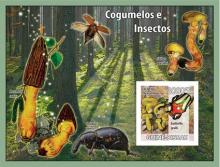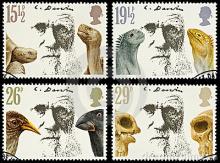Current toxicological risk assessment can lead to serious underestimates of actual risk - neonicotinoids are a case in point
The traditional approach to toxicity testing is to consider dose (concentration)-effect relationships at arbitrarily fixed exposure durations which are supposed to reflect ‘acute’ or ‘chronic’ time scales. This approach measures the proportion of all exposed individuals responding by the end of different exposure times. Toxicological databases established in this way are collections of endpoint values obtained at fixed times of exposure. As such these values cannot be linked to make predictions for the wide range of exposures encountered by humans or in the environment. Thus, current toxicological risk assessment can be compromised by this approach to toxicity testing, as will be demonstrated in this paper, leading to serious underestimates of actual risk. This includes neonicotinoid insecticides and certain metallic compounds, which may require entirely new approaches. In order to overcome this handicap, an increasing number of researchers are using a variant of the traditional toxicity testing protocol which includes time to event (TTE) methods. This TTE approach measures the times to respond for all individuals, and provides information on the acquired doses as well as the exposure times needed for a toxic compound to produce any level of effect on the organisms tested. Consequently, extrapolations and predictions of toxic effects for any combination of concentration and time are now made possible.










